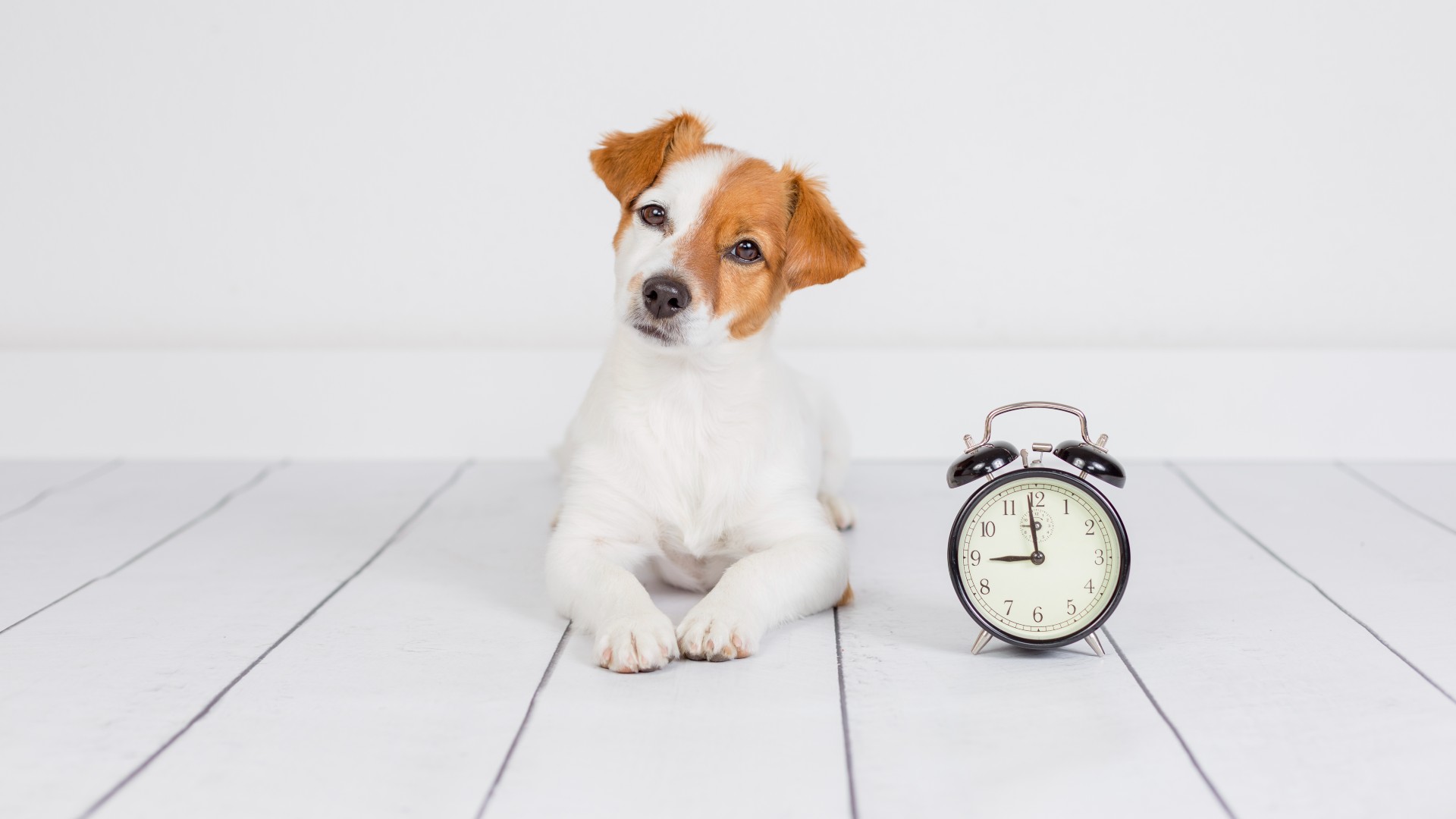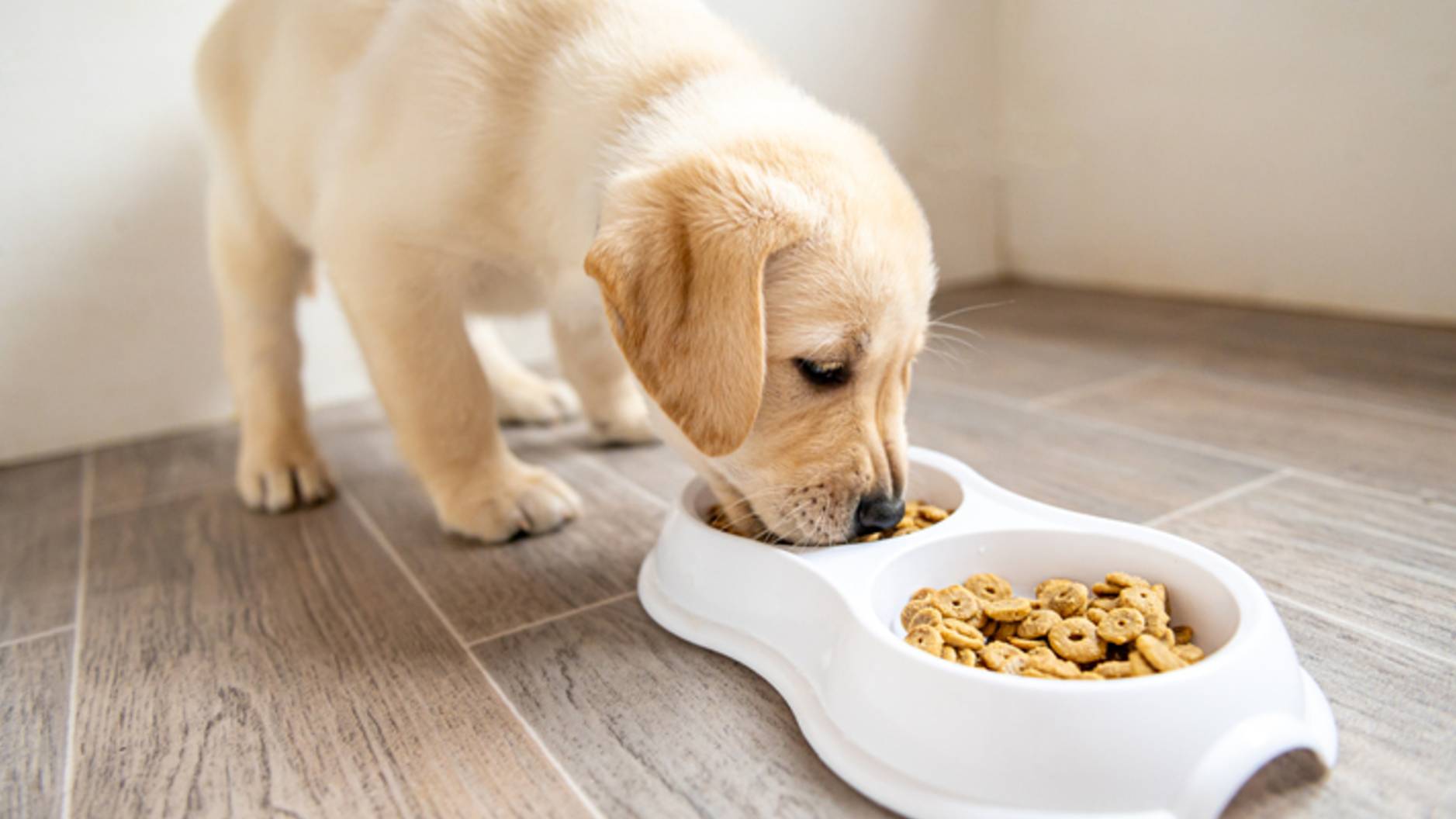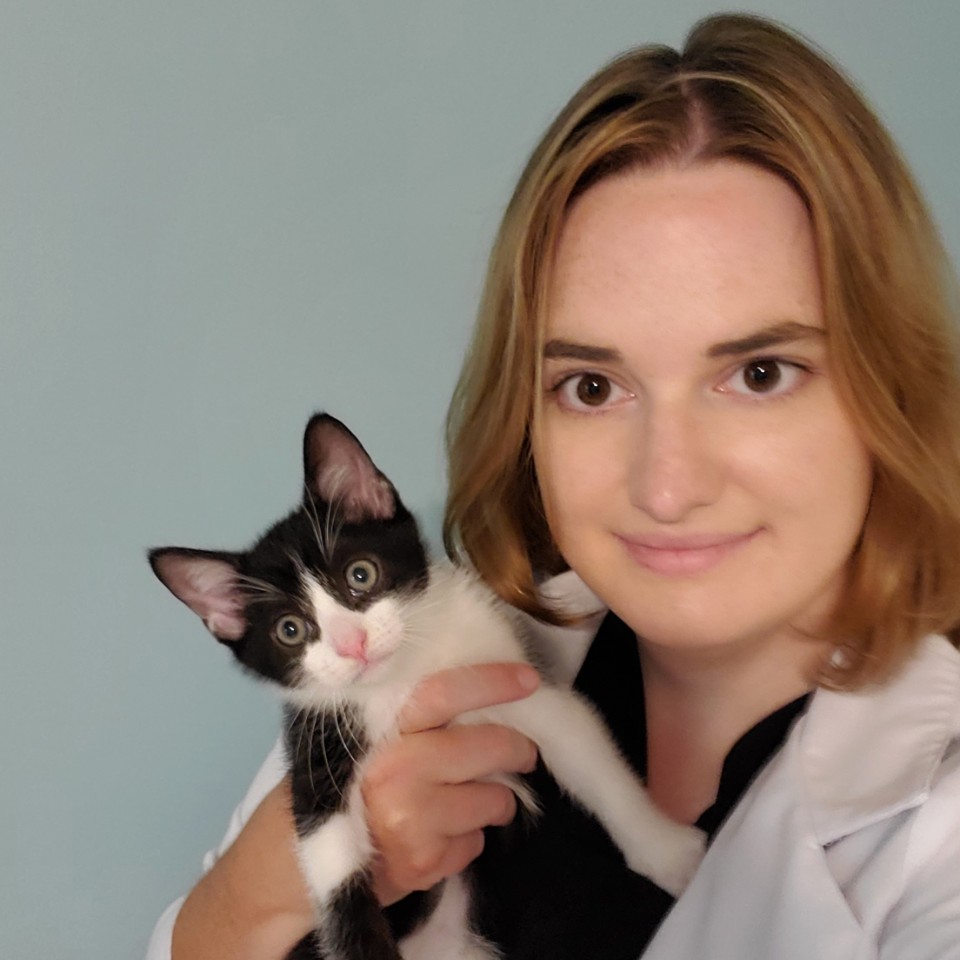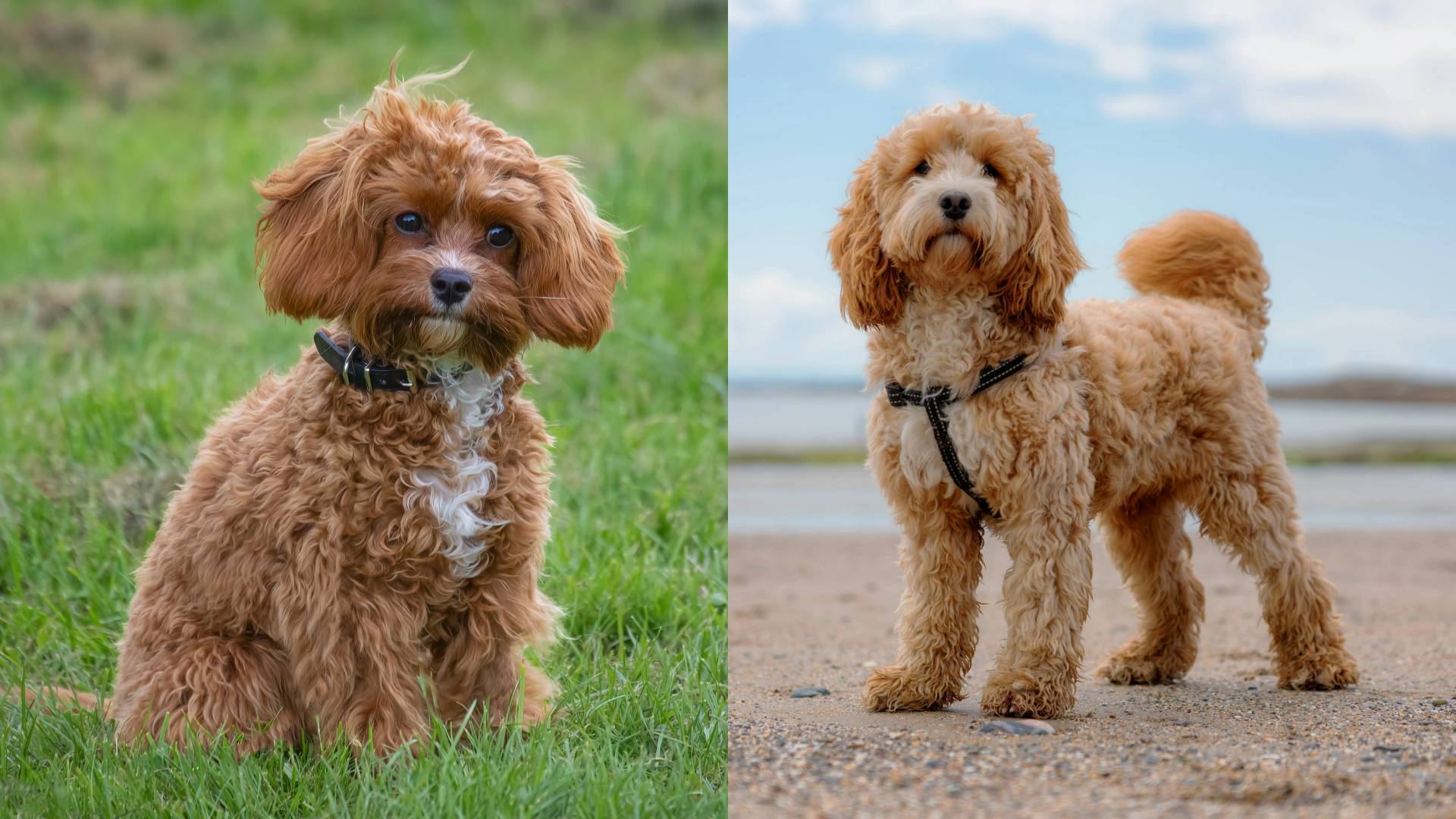Dog feeding schedule: How many times a day should a dog eat and how much?
Dr. Elizabeth Racine helps you create a dog feeding schedule so that you can ensure your hound stays healthy

Some pooches will eat all day if you let them but creating a dog feeding schedule is a good step forward. Not only will you be able to better work out how many times a day a dog should eat and how much they should have, it will also be more difficult to forget to dish out a meal. If you’re worried, investing in one of the best automatic pet feeders is the way to go.
In this guide, we’re going to look at the different schedules needed for adults and puppies. We’ll also answer the question, “how much should I feed my dog?” and help you with the math to find your dog’s ideal portion size.
The idea is that you will have a schedule which ensures your dog will achieve a healthy ideal body weight and have all of the nutrients required. After all, it’s not simply a matter of emptying the best dry dog food or the best wet dog food into a bowl. Each dog is different and dog food has a different calorie content.
So let’s look at how you can create a dog feeding schedule with expert advice from veterinarian Elizabeth Racine.
How many times a day should a dog eat?
Adult dogs
How many times a day a dog should eat depends on the dog’s age, breed, and any health conditions the dog may have. In general, a healthy adult dog should eat at least twice a day.
However, there are many reasons why a dog may need to eat more frequently throughout the day. Dogs with certain health conditions such as megaesophagus, inflammatory bowel disease (check out our guide to IBD in dogs for more on this), or even just a sensitive stomach, may benefit from eating smaller, more frequent meals throughout the day, rather than two large meals.
Some dogs are also prone to vomiting if their stomach is empty for long periods, a condition known as bilious vomiting syndrome. In these dogs, more frequent meals can help reduce the vomiting.
Puppies

Growing puppies also need to be fed multiple times throughout the day to meet their high calorie needs. Weaned puppies should continue to eat at least three times per day until they reach 6 months of age, at which point they can be gradually transitioned to twice a day feedings if the owner is so inclined.
Small breed puppies, however, may need to continue to have multiple feedings throughout the day, particularly if they are prone to hypoglycemia, or low blood sugar.
How much should a dog eat?
This is a difficult question to answer, because there is no single answer that can be applied to all dogs. As you can imagine, a Great Dane must eat a very different amount than a Chihuahua.
Dog foods also contain different amounts of calories depending on their brand and variety. In order to determine how much your dog should eat, we would need to know your dog’s age, breed, current weight and body condition, and the caloric content of the food you are feeding.
Without this information, it is impossible to tell you exactly how much your dog should be eating – we simply don’t know!
1. Calculate your dog’s daily calorie requirement
To find out exactly how much your dog should be eating, the best thing to do is ask your veterinarian to calculate your dog’s daily calorie requirement. To do this, your veterinarian will use a formula that takes your dog’s current body weight into account to find your dog’s resting energy requirement, or RER.
This number is then multiplied by a factor depending on your dog’s age, spay/neuter status, and body condition. The resulting number is a good approximation of your dog’s daily calorie requirements.
If your dog is a healthy adult and is at an ideal body weight, you can also use the World Small Animal Veterinary Association’s Calorie Ranges chart to help determine how many calories your dog should eat in a day. This is just a rough estimate, but it can be a good starting point when you are trying to figure out how much to feed your dog.
Remember this chart is only intended for healthy adult dogs of ideal body weight, and should not be used for growing puppies or dogs that are over or underweight, as these dogs have different calorie needs.
2. Divide the calories
Once you know how many calories your dog needs in a day, you can determine how much to feed your dog. First, divide the calories across the number of meals you’d like to feed in a day. Then, check the back of your dog food bag or can to find the calorie content, which is usually somewhere near the nutritional information.
Divide the number of calories per meal by the number of calories in a cup of dry food or a can of wet food, and you’ll find the exact amount to feed your dog at each meal.
How do I know my dog is eating enough?
A great way to evaluate the effects of your dog’s diet is monitoring your dog’s body condition score. A body condition score is a subjective evaluation of your dog’s fat deposits to determine whether he or she is underweight, overweight, or ideal.
When evaluating your dog’s body condition score, pay close attention to the amount of fat over the dog’s ribs and the shape of the waist and abdomen. This will help you determine whether or not your dog falls into the ideal range. You can learn more about how to body condition score your dog with the World Small Animal Veterinary Association's Body Condition Score Chart.
If your dog falls into the ideal range, you’ve done a great job! Your dog is eating enough and is a healthy, lean body weight. Keep doing what you are doing so that your dog will stay in this healthy range.
Tackling unhealthy body weight in dogs

If your dog falls in the underweight range, it’s best to consult with your veterinarian to ensure he is on an appropriate diet and receiving enough calories daily.
If your dog falls into the overweight range, you’re not alone. In 2018, 59.5% of cats and 55.8% of dogs were classified as overweight or obese, according to the Association for Pet Obesity Prevention.
You can help your dog shed the pounds by reassessing his calorie goals (if you haven’t already, ask your veterinarian to calculate a precise daily calorie goal for your dog), cutting back on treats and table scraps, and reducing portion sizes.
How to feed a dog for optimum health
Feeding your dog the right amount is important to maintain a healthy lean body weight. For healthy adult dogs, twice daily feedings are recommended. Learning how many calories to feed your dog and how to monitor your dog’s body condition score will help you ensure that your dog is getting the right amount of food every day.
PetsRadar Newsletter
Get the best advice, tips and top tech for your beloved Pets
Dr. Elizabeth Racine is a small animal general practice vet covering all things pet health and wellness. Her special interests include veterinary behavior, nutrition, and internal medicine.
As a freelance writer, Dr. Racine has written content for major companies in the industry such as the American Kennel Club, Merck Animal Health, Bayer PetBasics, Elanco, and CareCredit. In her free time, Dr. Racine enjoys playing trampoline dodgeball, hiking with her beagle Dasher, and spending time with her three mischievous cats.

